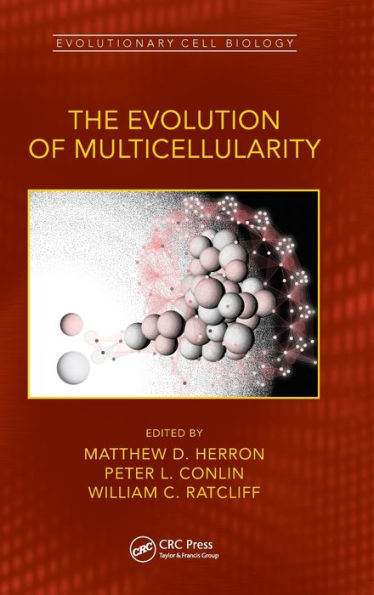Matthew D. Herron is a Senior Research Scientist in the School of Biology at the Georgia Institute of Technology. He received his PhD from the University of Arizona and held postdoctoral positions at the University of British Columbia, the NASA Astrobiology Institute, and the University of Montana. He has authored or co-authored dozens of peer reviewed scientific papers.
William C. Ratcliff is an Associate Professor in School of Biological Sciences at the Georgia Institute of Technology, where he co-directs the Interdisciplinary Graduate Program in Quantitative Biosciences. He received his PhD from the University of Minnesota. At Tech, he leads a research group that examines the evolution of multicellularity through directed evolution, synthetic biology, and mathematical modeling.
Peter L. Conlin is a Postdoctoral Researcher in the School of Biological Sciences at the Georgia Institute of Technology. He received his PhD from the University of Washington. He has authored or co-authored several peer reviewed scientific papers.



